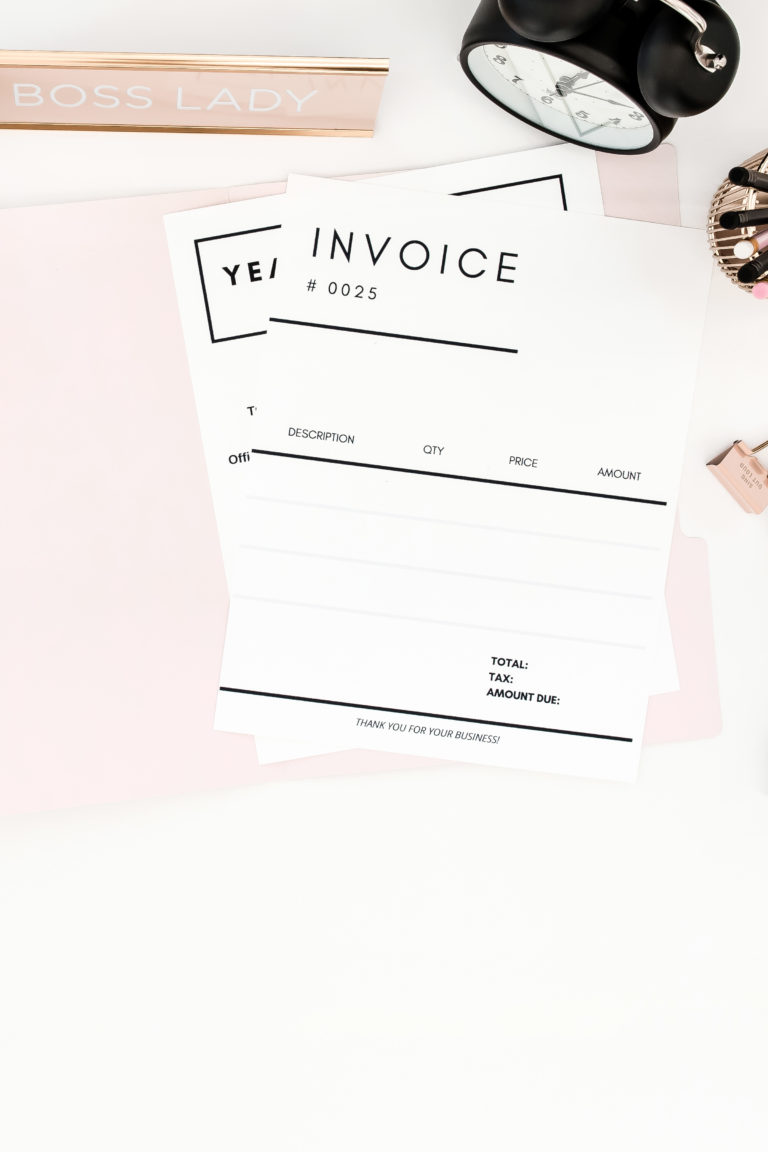Inconsistent Cash Flow? You Need To Read This.
All business owners have one thing in common: the need for stable, reliable cash flow. Without it, you can’t pay contractors, purchase stock, pay for subscriptions and often, pay yourself! It’s a given that if you’re a newbie business owner, you’ll likely be walking a tight rope at the start, there’s no reason why you can’t take control of that cash flow and make it work for you.
With the right strategy and planning, you too can have a consistent cash flow.
Want to learn how to look after your cash flow strategically? I guide you in my flagship course, Power In Numbers!
1. Get your invoicing right
Invoicing = income and, income = cash flow so if you’re going to start somewhere, making money flow to your bank should be your number one.
For service-based businesses, this means having airtight payment terms, contracts in place and a regular invoicing schedule. Don’t delay invoicing because you don’t have time! Also, set up regular reminders for those overdue invoices where clients haven’t paid you and don’t be passive about it. Aged debtors can really affect your cash flow. And your energy!
For product-based businesses, ensure your payment options are set up correctly and payouts to you are regularly – daily is the best option. If you’re using AfterPay and similar, remember fees are associated with these tools so your bottom line will be less – they keep their cut before paying you.
Need a hand with those client contracts/agreements, reach out to my friend Tracey at TM Solicitor for a free initial consult, you won’t regret it!

2. Keep your books up to date
Your cash flow is only as accurate as your reporting; ensuring you account for expenses will save you in more ways than one. Regular subscriptions, contractor fees and tax payments can add up! If they aren’t accounted for, you guessed it, your cash flow will suffer because the ins and outs you’re expecting, aren’t quite ‘on the money’ 😉
Get this right and you can forecast your future expenses and keep your cash flow healthy and make really strategic decisions to help you grow.
3. Use accounting software
Using a robust accounting platform will make numbers one and two much easier. For one, the software will track your invoicing and debtors and if you’ve chosen the right accounting platform (I like Xero!), you’ll have the ability to set up automatic reminders and repeat invoicing.
On the flip side, you can produce expense reports and easily see where your money is going every month. This will help you forecast and keep your cash flow in check.

4. Keep your business and personal bank account separate
I’ve spoken about this extensively for many reasons. If your business and personal bank accounts are muddled, you’ll find it harder to analyse and adjust your income and expenses. This alone could really mess with your cash flow.
5. Save for a rainy day
When the chips are down, having a reserve will keep you afloat. There’s no hard and fast rules here but I suggest allocating percentage of your profit to a separate business savings account.
If you can only afford $200 a month you’ll still have $2400 at the end of the year. That $2400 could be the difference between paying that BAS on time or accruing late fees. It’s all helpful! Trust me, you will thank yourself later for having the foresight to save.
If you’ve spent hours looking for answers only to be met with patchy information, I can help!

Reduce the overwhelm, learn how to understand and have confidence in your numbers with me.
I’m opening the doors to Power In Numbers which has been developed specifically for small business owners just like you who want to take control of their business finances.
Join the waitlist to be the first to know when you can join me and gain Power In Numbers.






